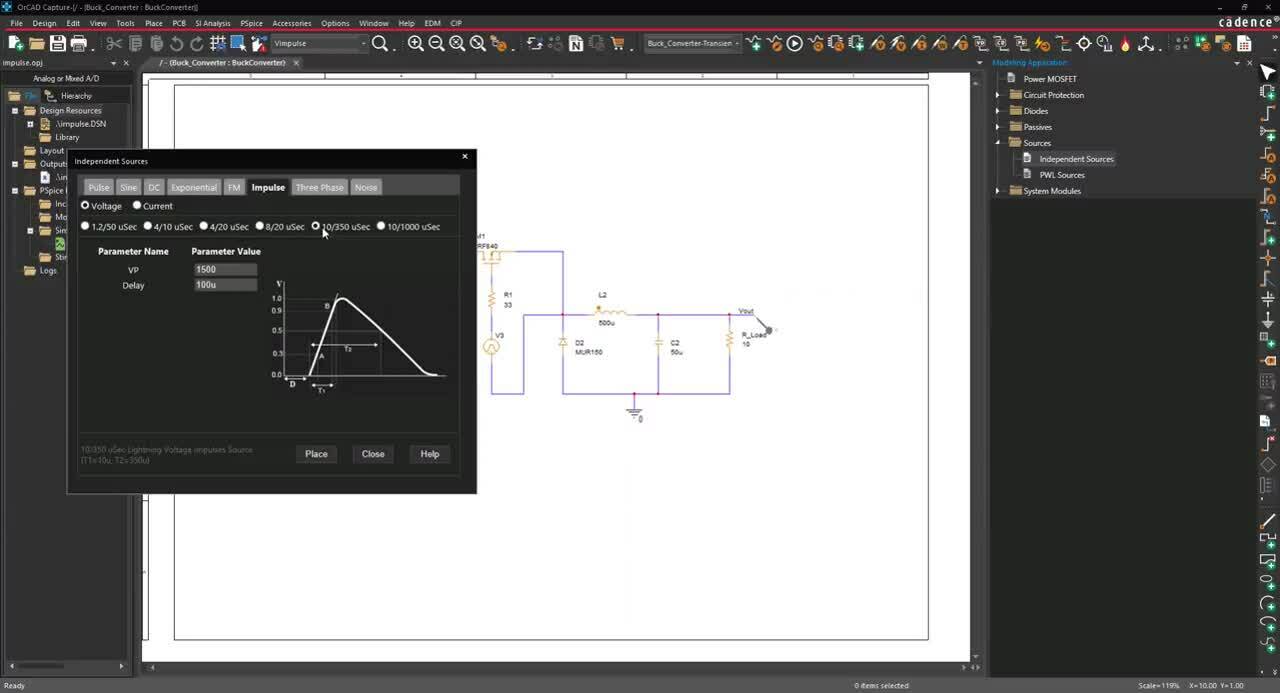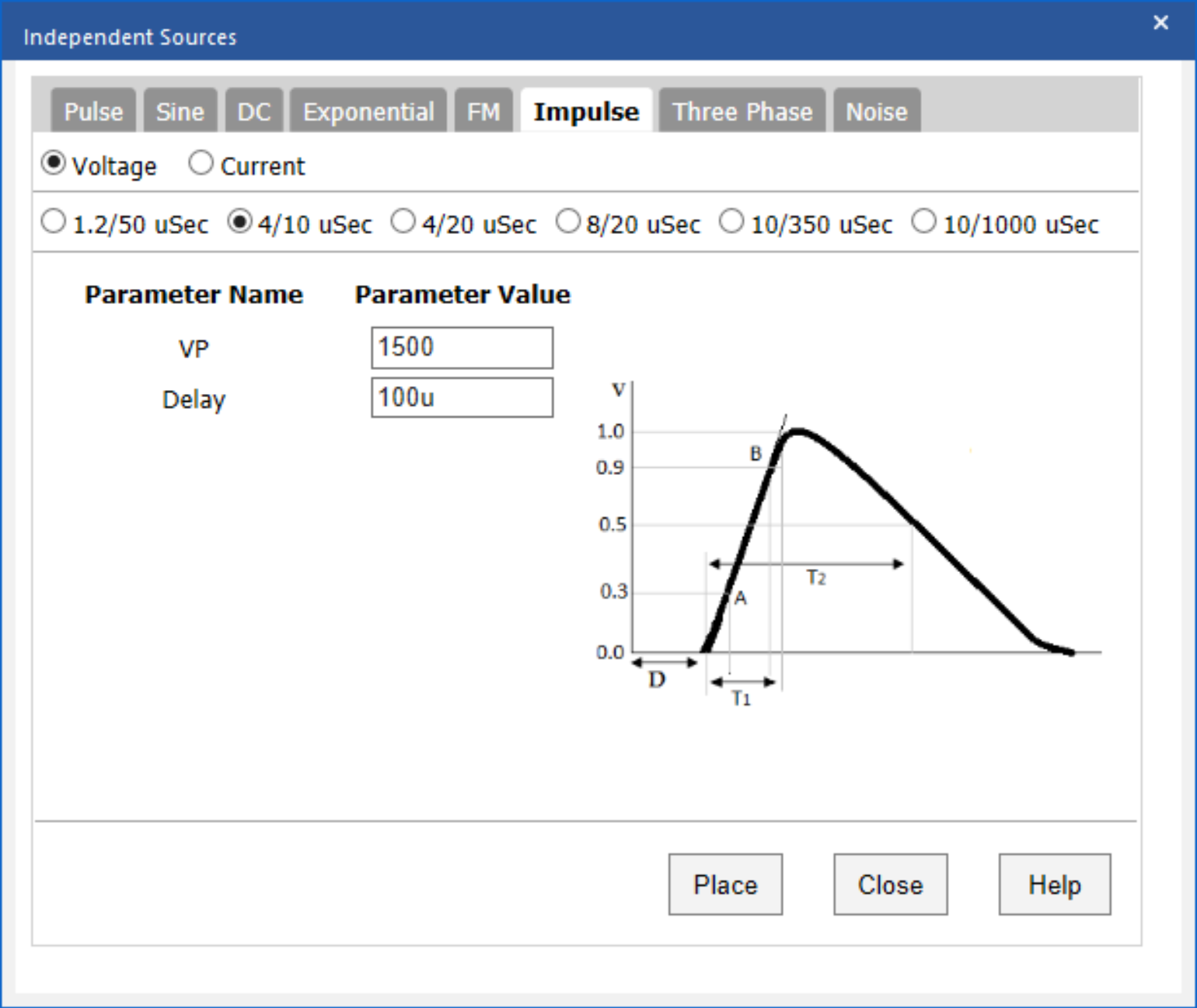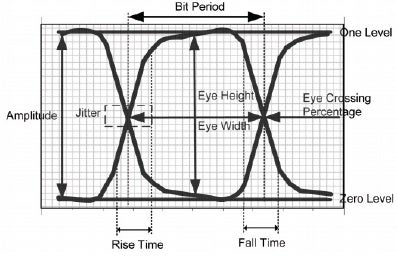
Modeling designs helps engineers verify whether their circuit will function as intended. Modeling programs simulate circuit behavior under different conditions and in accordance with the design requirements, allowing engineers to better plan and build circuits.
Every SPICE simulation needs to have a source or input signal. To analyze how the circuit will behave in real life, this input must be modeled accurately. If not modeled accurately, functionality issues can go undetected until far later in the design process, wasting time and money. To efficiently and accurately create an impulse source SPICE Model, the intended input signal must be interpreted by identifying the type and signal values for replication.
What is an Impulse Source?
An impulse source simulates a lightning strike to test the effect of an external source of high voltages such as lightning strike on your designs. In a few microseconds, a lightning impulse voltage rises to its peak value then falls to zero relatively slowly. Many designs are often required to be qualified against the effect of these types of impulses, especially power supply systems.
What is Needed to Model an Impulse Source?
To create the required impulse source for simulation, there are three items that must be defined:
- Type
- Which type of signal will be the input for the circuit: voltage or current?
- Impulse Speed
- How quickly should the impulse reach peak voltage and how fast should the waveform fall?
- Data Points
- What are the critical signal values to create the desired waveform?
This information must be incorporated into the SPICE simulation model which can be achieved by manually creating or editing a text file. Keep in mind if the source signal created is not the intended outcome, values will need to be edited manually. This manual process to produce the desired source signal is time consuming and increases the likelihood of errors; however, the PSpice Modeling App provides a fast, easily-configurable, and fully-integrated method to create impulse sources for simulation.
Creating an Impulse Source SPICE Model with PSpice
The Impulse source modeling application quickly creates various impulse source models with a wizard-based approach. The necessary source specifications are pre-defined and users can easily input desired parameters required for all impulse sources such as:

- Type: Select either a Voltage or Current.
- Waveform Speed: Easily select from several signals to specify the speed of the impulse waveform. The format, T1/T2, is used to decipher the waveforms; where T1 is the time to reach the peak voltage or current and T2 is the time it takes for the signal to fall to half of the peak value, ex. 1.2/50 uSec.
- Peak Value: Easily define the maximum voltage or current the impulse should reach.
- Delay: Define a delay to have the impulse waveform begin at a specified time.
Using the inputted information above, the PSpice Modeling App generates a schematic symbol and automatically associates the newly created impulse source SPICE model without leaving the OrCAD Capture environment. The PSpice Modeling App also automatically manages the simulation profile configuration, eliminating any library set up for simulation. To learn more, be sure to keep an eye out for additional SPICE model how-to’s in this series.
To try this yourself, be sure to download the Free Trial of OrCAD and get step-by-step instructions for creating impulse SPICE models at EMA Academy.











